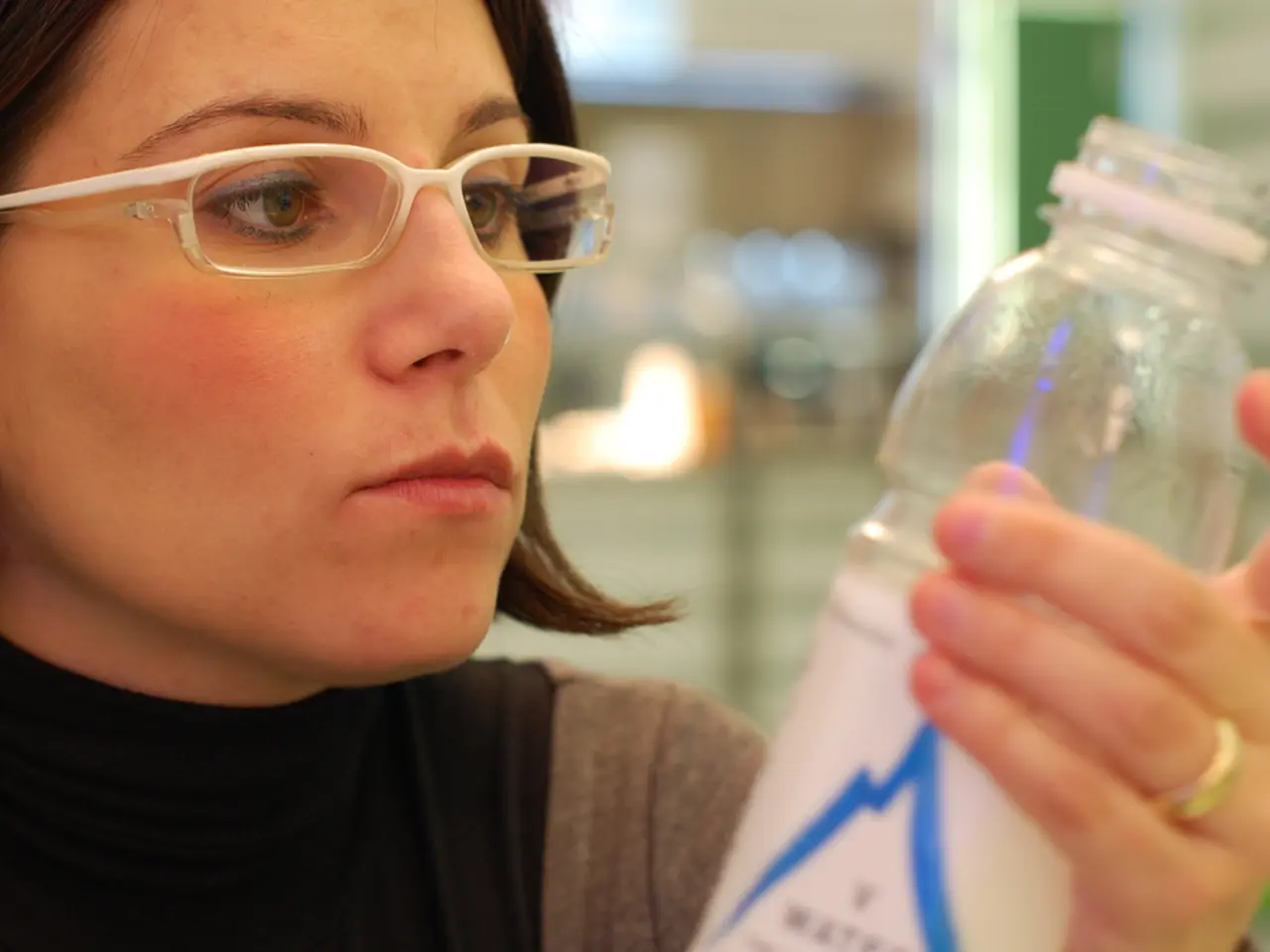Is It Safe to Take a Shower While Wearing Contact Lenses?
Showering, washing your face, or swimming with contact lenses can be a dangerous practice that increases the risk of serious eye infections and irritation. This is according to eye care professionals who advise against such activities while wearing contact lenses.
Microbial keratitis, an infection of the cornea that can cause a corneal ulcer, is one such infection that can result from water exposure while wearing contact lenses. The Acanthamoeba parasite, found in tap, lake, ocean, and pool water, can adhere to contact lenses and cause severe infections such as Acanthamoeba keratitis. This infection is painful, difficult to treat, and can lead to long-term vision loss or blindness.
Other potential risks include eye irritation and dryness due to exposure to chlorine or saltwater, corneal abrasions from lenses sticking to the eye after water exposure, and increased difficulty in treating infections because contaminated lenses trap bacteria against the eye. Infections can persist for months or years and potentially cause permanent vision damage.
Symptoms to watch for if you wear contacts with water exposure include redness and eye pain, blurred or decreased vision, excessive tearing or discharge, sensitivity to light, a feeling of something stuck in the eye, swelling or irritation of the eye or eyelid.
To avoid these risks, it is best to remove contact lenses before showering, washing your face, or swimming. This advice applies to all types of contact lenses, including extended-wear contacts, as advised by Dr. Reecha Kampani. If water exposure occurs, the safest course is to remove and properly disinfect lenses or use daily disposable lenses that are discarded immediately after water exposure.
In summary, exposure to non-sterile water while wearing contacts can lead to serious eye infections and symptoms that require prompt medical attention, making it unsafe to wear contacts during these activities. If you notice any eye-related symptoms, talk to your eye doctor immediately. Taking a break from contacts for a few hours may be beneficial after showering.
[1] American Academy of Ophthalmology. (2021). Contact Lenses and Water: A Recipe for Infection? Retrieved from https://www.aao.org/eye-health/tips-prevention/contact-lenses-and-water-recipe-infection [2] American Optometric Association. (2021). Contact Lens Care: How to Wear and Care for Your Lenses. Retrieved from https://www.aoa.org/patients-and-public/caring-for-your-vision/contact-lenses-and-eyewear/contact-lens-care-how-to-wear-and-care-for-your-lenses [3] Centers for Disease Control and Prevention. (2020). Acanthamoeba Keratitis. Retrieved from https://www.cdc.gov/parasites/acanthamoeba/diseases-conditions/acanthamoeba-keratitis.html [4] Mayo Clinic. (2021). Contact Lens Care: How to Wear and Care for Your Lenses. Retrieved from https://www.mayoclinic.org/healthy-lifestyle/adult-health/in-depth/contact-lens-care/art-20045112 [5] National Eye Institute. (2021). Contact Lenses. Retrieved from https://nei.nih.gov/health/contactlenses/contactlenses
Regular exposure to non-sterile water while wearing contact lenses increases the risk of severe and painful infections like Acanthamoeba keratitis, which may lead to vision loss or blindness. To prevent such infections, it's advisable to remove contact lenses prior to showering, face washing, or swimming, as confirmed by eye care professionals and health organizations such as the American Academy of Ophthalmology, American Optometric Association, Centers for Disease Control and Prevention, Mayo Clinic, and National Eye Institute.




